
Waking up in the morning with a tense neck or back – who hasn’t experienced this before? Other complaints can also develop due to wrong sleeping positions, though. One’s sleeping position can, for example, influence snoring, heartburn and plantar fasciitis.
The most common sleeping position is on the side: at least 57 percent start the night in this position, 17 percent lie on their backs and 11 percent on their stomachs.
However, very few people sleep in the same position all night. Most people change their sleeping position during the night. Men usually sleep with 2 pillows and women with an average of 4 pillows.
However, the sleeping position should not be chosen arbitrarily, but according to each persons individuals requirements and complaints. Because only with the right sleeping position can your problems be alleviated and only then will you be able to experience a restful sleep again. Here you can find out how to sleep when you…
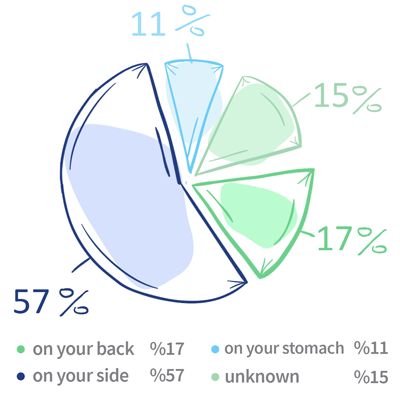
… have shoulder pain
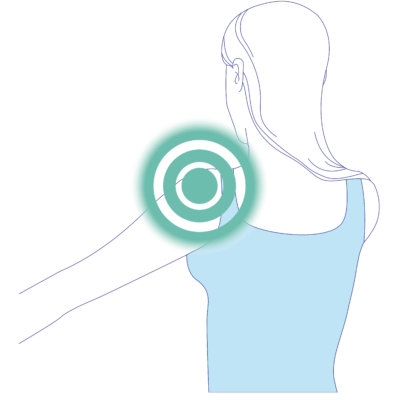
What to do when you have shoulder pain? If possible, do not sleep on the side of the painful shoulder. The best sleeping position for you is the supine position (on your back). If you want to sleep on the side of the non-painful shoulder, place a large pillow at hip height and place your arm on it – almost as if you were hugging someone. A special side sleeper pillow can be helpful here.
To relieve the pain and promote healing, you can also wear a shoulder brace while sleeping. The brace is designed to be worn during sleep and works through a combination of light heat therapy, with your own body heat, and pleasant micromassage. If both shoulders are affected by the pain, a double shoulder brace is recommended. An even better effect can be achieved by additionally using a gel that relieves muscle and joint pain.
… have back pain
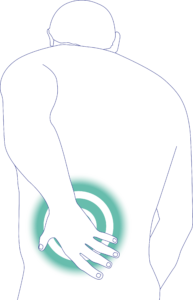
It’s best to sleep on your back! Because in the supine position the body weight is distributed most evenly over surface of the body. The majority of experts therefore recommend that sleeping on your back is the best solution for back pain. To maintain the natural curvature of your body, you can put a pillow under your knees or a rolled up towel under your back.
If sleeping on your back is out of the question, or if you need to sleep on your side for some reason, you should put a pillow between your knees for extra support. This is also good for people with hip and knee problems. A foetus-like lying position can also help with spinal canal stenosis.
In addition to correct positioning and support from various pillows, you can also combat back pain during sleep with a sleeping bandage. It is designed for use at night and combines a light heat therapy (based on the reflection of one’s own body heat) with a micromassage. If the pain occurs in the upper part of the back, a cervical vertebrae brace helps. For lower back complaints, a belt for back pain the right choice. An even better effect can be achieved by additionally using a gel that relieves muscle and joint pain.
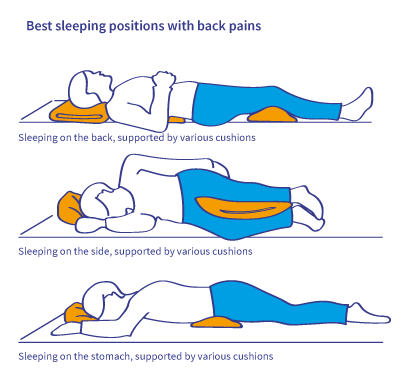
… have neck pain
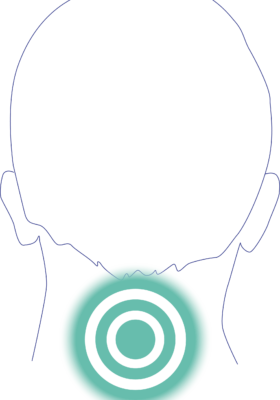

For neck problems it is important that the neck is held in a neutral position when lying on the mattress. If possible, you should not sleep on your stomach. It is also better to use only one pillow instead of sleeping with several. Your pillow should be under your shoulders. A rolled up towel can also support the neck.
The best way to get restful sleep with neck pain is with an orthopaedic neck support pillow. These special pillows keep the head in a relaxed position while you sleep. The cervical and thoracic spine is relieved, tension is effectively relieved.
If you have problems with your neck, you should also consider whether a sleeping bandage can help you to alleviate the discomfort. If you have problems “only” with your neck, a neck support can help. If the complaints extend from the neck to the upper back area, then a cervical vertebrae brace would be more advisable. An even better effect can be achieved by additionally using a gel that relieves muscle and joint pain.
… suffer from tongue-based snoring
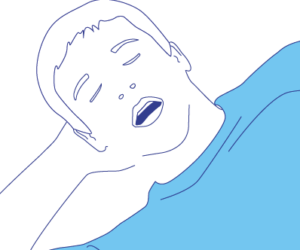

How to stop snoring? If you suffer from position-dependent sleep apnea or are a tongue-based snorer, it is best to sleep on your side or on your stomach. In this case the tongue slides back into the throat, which then triggers snoring or apnea. Sleeping in a lateral (on the side) or prone (on the stomach) position prevents your tongue from sliding back into your throat. If you sleep on your back, naturally gravity will have an effect and the tongue will tend to slide backwards into the throat. If it is difficult for you to avoid lying on your back, during sleep – for example, because you repeatedly unconsciously roll over into this sleeping position, while sleeping – then positional therapy could help you. Special backpacks, vests and pillows make sleeping on your back virtually impossible and force you to sleep on your side or stomach.
… suffer from heartburn
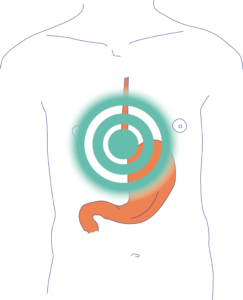
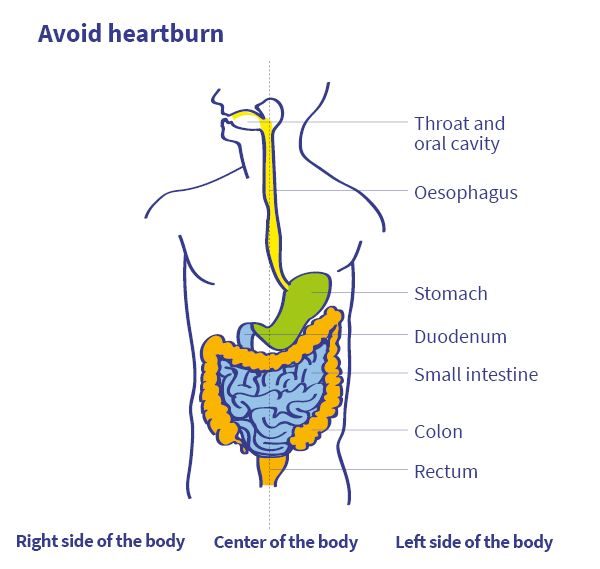
Two principles apply to heartburn: First, definitely sleep on the side and secondly, sleeping on the left side is better than sleeping on the right. The reason for this lies in the human anatomy. The oesophagus is quite in the middle of the body, but the stomach is on the left side. In people who sleep on the right side, the stomach is above the esophagus – the acidic gastric juice can easily flow up the esophagus and cause heartburn. When sleeping on the left side, on the other hand, the stomach and stomach contents are lower than the esophagus. As a result, gastric juice rarely flows into the esophagus. One hardly experiences heartburn.
… suffer from heel spurs
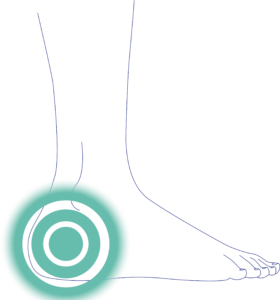

Pain in the middle of the plantar surface of the foot.
A heel spur is a spine-like ossification at the calcaneal bone, whereby there are two different forms. If the ossification occurs on the lower side of the heel bone, i.e. on the sole of the foot, it is called a plantar calcaneal spur. This form occurs more frequently than the so-called dorsal heel spur, in which an ossification forms at the rear end of the heel bone. A calcaneal spur on the soles of the feet is often accompanied by inflammation of the tissues of the plantar surface of the foot due to the high stress caused by body weight.
If you suffer from this problem, it is important that you lie with your your feet and ankles lie in a comfortable position while you sleep. Therefore, do not wrap your blanket too tightly around your foot and it is also best to rest them on a soft cushion.
Irrespective of the correct position during sleep, it is also important to eliminate the physical strain that promotes further growth of the heel spur. For example, with a medical foot sling worn under the socks during the day.
Positional therapy purchasing guide
Helps you make an informed decision when buying a positional therapy device, such as a positional vest or anti-snoring backpack.
Five Tested and Proven Tips to Stop Snoring
Difficult to fall asleep, not sleeping through the night, waking up at night and dozing off over and again during the day. What can you do about it?
Mandibular advancement device comparison
All our mandibular advancement devices compared based on comfort, application, cleaning and much more.

Medical Doctor, Berlin
Jan Wrede works as a medical doctor in Berlin. He studied medicine at FAU University in Erlangen-Nuremberg and Semmelweis University in Budapest. He had already written numerous scientific articles during his studies, especially on the subject of snoring.


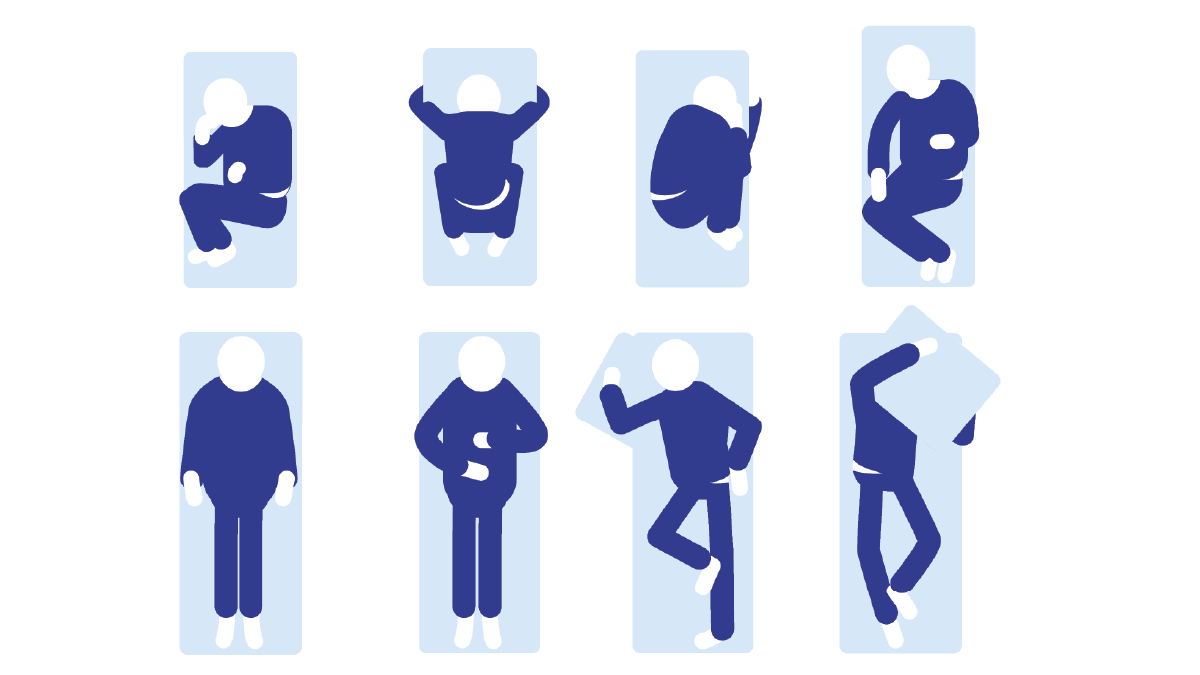

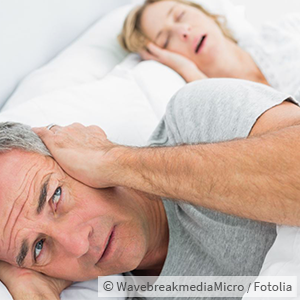
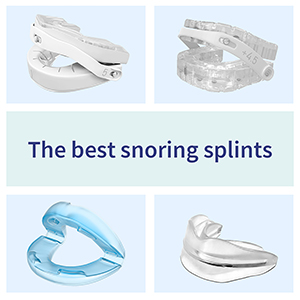


 Welcome to SomniShop
Welcome to SomniShop